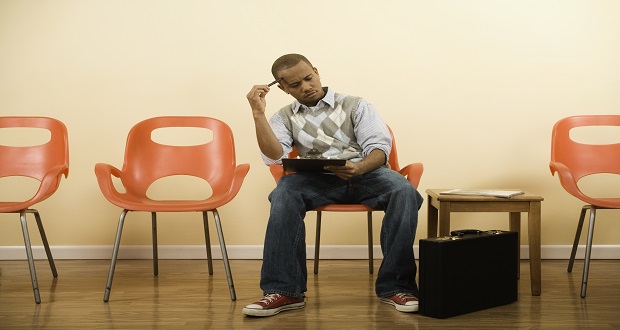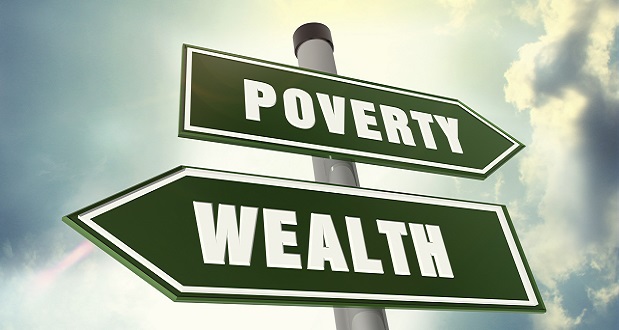
I was recently watching a friend’s Instagram story and saw she, a Black woman, had posted a picture of a group of young white men in DC for a white supremacist rally who appeared to be following her. The post was followed by a frame with the caption, “I hate cis het white men” (using the colloquial shorthand for cisgender and heterosexual).
My reaction to the second frame was straightforward enough. Even being a white cis het man myself, I am disturbed, angered, and absolutely appalled by the overt and covert discrimination that pervades our society and which is made manifest through the unrepentantly racist displays of white men. “Same here,” I thought, while quickly calculating that I was an exception to this particular statement, adding to myself, “She’s one of my best friends, so clearly she doesn’t mean me.”
But then came the third frame: “Yes, all cis het white men.”
I had a few reactions to this simultaneously: I wanted to DM her and say, “Except for me, right?”; I started running through examples of how I wasn’t one of them; I was tempted to dismiss it as simple hyperbole. But then I stopped and thought about it for a minute: Why would she say that? Why would she go to the trouble of specifying yes, all of us?
That answer came readily: because she meant it. As opposed to hating me as an individual, she hates the toxic and racist white cis male tendencies that I have inevitably had instilled in me, and even more so those that I haven’t challenged and broken down—or, worse yet, that I have yet to even recognize.
As opposed to hating me as an individual, she hates the toxic and racist white cis male tendencies that I have inevitably had instilled in me, that I have yet to even recognize. But here I was spending far more time on how it made… Click To TweetBut here I was spending far more time on how it made me feel, instead of what my friend was feeling.
As Layla Saad explains in her book Me and White Supremacy:
“White centering is the centering of white people, white values, white norms and white feelings over everything and everyone else… Whiteness is so used to taking up space in all spaces that when it is restricted or a boundary is put in place to center and protect BIPOC [Black, Indigenous, and people of color], its reaction is often one of white fragility, tone-policing, white superiority, white exceptionalism or just straight up violence (whether verbal or physical).”
I was automatically centering my maleness and whiteness due to my own fragility.
The first step, then, to overcoming this frailty is to center the experiences and voices of the marginalized. When a person’s feelings and views are valued simply by virtue of being white, it’s incumbent upon them to step out of the center and create space for others—in other words, to lead with empathy.
When a person’s feelings and views are valued simply by virtue of being white, it’s incumbent upon them to step out of the center and create space for others—in other words, to lead with empathy. Click To TweetIn doing this work, empathy is critical. This is especially true for those who come from positions of privilege and power. When we’re faced with comments or ideas that are troubling to our sense of self, it’s crucial to step back and see, as best as we possibly can, the other person’s perspective—irrespective of our own personal reactions or feelings.
In summarizing psychologist Kenneth B. Clark’s view on empathy and engaging in honest, productive conversations about race, Susan Lanzoni notes that:
Conversations [have] to move beyond discomfort, defense, and guilt, a constellation of responses that recently has been labeled ‘white fragility.’
In practice, this empathetic uncentering means doing some deep reflection, and asking ourselves questions such as:
- What may this person be feeling?
- What is the fundamental truth underlying it?
- Why do I want to respond, and will my response add anything useful to the conversation?
In this particular example of my friend’s post, it looked like this:
What is she feeling here?
Possibly anger, fear, frustration, or powerlessness. Of course, there are plenty of other possibilities as well, but this was a start. I could relate to any of those feelings and have acted as a result of each of them. Seeing the post in this light made it far less offensive to me personally, and instead made me hurt for my friend.
What is the fundamental truth underlying it?
Her feelings and reaction are completely valid in and of themselves. There was also something more fundamental and profound at play: This was merely one of countless (and “countless” feels like an understatement here) examples of both women and Black people being harassed, stalked, or terrorized by white men. The truth is, I would feel the exact same way if I had to endure that on a daily basis—and, in fact, I do feel severe frustration and anger at us white cis het men. In this light, it hardly feels like much of a leap to express such disdain.
Why do I want to respond, and will my response add anything useful to the conversation?
My immediate reaction to the comment was hurt, mixed with a hefty dose of shame. I wanted to DM her and say something like, “Except me, right?” while throwing in a winking emoji or some such thing, or maybe to commiserate (“Yeah, we’re the worst, right?”) or show concern (“Just be careful, okay?”).
Indeed, every potential response I came up with fell squarely in Clark’s zones of discomfort, defense, or guilt—they were, simply put, a product of my own male and white fragility. None of them would actually do anything to further an honest conversation or to ease my friend’s pain. They would have only been for my benefit—to make myself feel better by essentially saying, “Look, I’m one of the good ones! Aren’t I so woke?!”
So, I said nothing. This wasn’t a place for my voice; it was a chance to truly listen to someone else’s.
It doesn’t feel good to be told you’re part of the problem, that you’re one of the bad ones. This is true for white people who are acting as allies and accomplices, just as it’s true for the Black and Brown people who are continuously shown and told that their cultural norms, their backgrounds and beliefs, their experiences, their skin colors, their hair styles aren’t correct. But the reality is that by benefiting from these systems of privilege and white supremacy, we are part of the problem, and it is therefore our responsibility to challenge and dismantle those same systems.
The reality is that by benefiting from these systems of privilege and white supremacy, we are part of the problem, and it is therefore our responsibility to challenge and dismantle those same systems. Click To TweetIntentionally sitting with this discomfort, reflecting on it, and finding ways to be part of the solution are powerful ways to confront and break down one’s own fragility, and to move toward engaging in truly honest, powerful conversations. That’s what it means to do the work: to listen instead of speak; to stand next to the oppressed and fight side by side; to center their voices, thoughts, ideas, and experiences.
Sitting with this discomfort, reflecting on it, and finding ways to be part of the solution are powerful ways to confront and break down one’s own fragility, and to move towards engaging in truly honest, powerful conversations. Click To Tweet


















